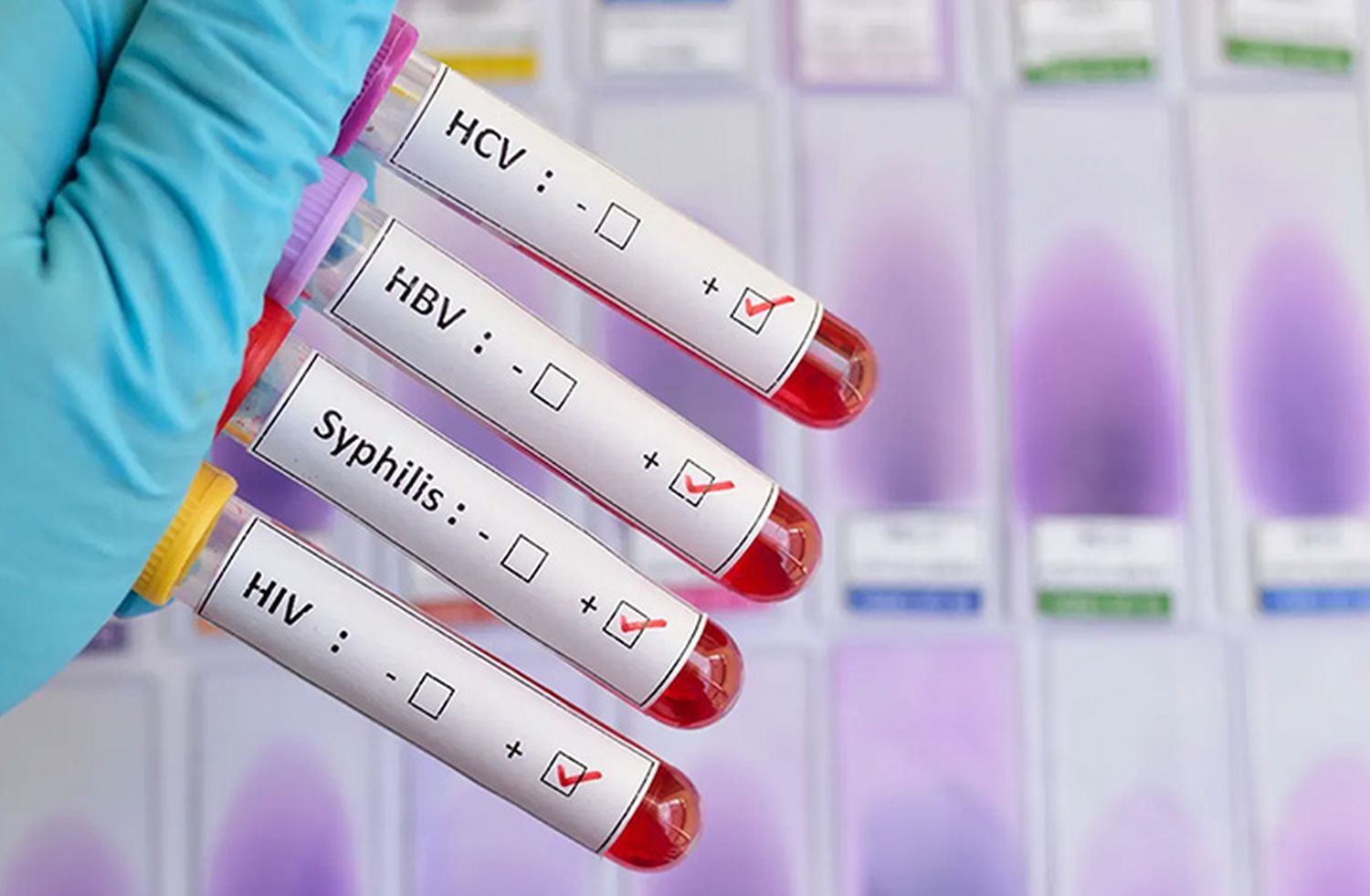Understanding STD Blood Test Results: A Complete Guide

Interpreting STD Blood Test Results: What Your Numbers Mean
STD blood tests play a vital role in sexual health screening. The tests show if you need treatment and help track your health status. If you recently received your results back and need a personalized explanation, LabAnalyzer can offer a specific breakdown. More broadly, this guide explains the STD test results you get back during your annual physicals and their meaning.
Common Types of STD Blood Tests
Blood tests find STDs by checking for antibodies, antigens, or DNA in your blood. Main tests include:
HIV Tests:
Find antibodies, antigens (p24), or viral RNA
Early testing helps stop spread and starts treatment
Syphilis Tests:
Check antibodies with RPR or VDRL tests
Track infection progress
Herpes Simplex Virus (HSV):
Find HSV-1 and HSV-2 antibodies
Show current or past infection
Hepatitis B and C Tests:
Look for antigens, antibodies, or viral DNA/RNA
Track liver health
Other STD Tests:
Test gonorrhea and chlamydia through urine or swabs
New blood tests now find these infections
Understanding Antibody and Antigen Test Results
STD blood tests measure antibodies or antigens to find infections.
What Are Antibodies and Antigens?
Antibodies: Your immune system makes these proteins to fight infection
Antigens: Parts of germs that trigger immune responses
Blood tests track both to show infection status
Test Results:
Positive Result: Shows past or current infection
Negative Result: No current infection found
Test timing affects accuracy
Body needs time to make measurable antibodies
STD Test Ranges and Their Meaning
Tests show positive, negative, or number values based on the infection type.
HIV Test Results:
Negative: No HIV antibodies or antigens found
Positive: HIV antibodies or antigens present
Positive results need more tests like Western blot or RNA test
Syphilis Test Results:
Non-Reactive: No syphilis found
Reactive: Points to syphilis
FTA-ABS test confirms results
Herpes Test Results:
IgM Positive: Shows new or active HSV infection
IgG Positive: Shows past infection or long-term HSV
Results guide treatment choices
Window Periods and Testing Time
Test timing matters for accuracy. Each STD has a window period - the time between exposure and when tests can find the infection.
Test Windows:
HIV: 2–4 weeks (RNA tests), 3–12 weeks (antibody tests)
Syphilis: 3–6 weeks after exposure
Herpes: 2–3 weeks for IgM, longer for IgG
Hepatitis B and C: 4–10 weeks for antibodies
Early testing risks missed infections
High-risk cases need repeat tests
Medical teams set testing schedules
False Results
Tests work well but no test proves perfect. Understanding false results helps get right diagnosis and treatment.
False Positive Results:
Tests show infection when none exists
Other health issues cause wrong results
Autoimmune diseases change test results
Confirmation tests check accuracy
False Negative Results:
Tests miss real infections
Early testing causes most missed cases
Poor sample handling affects results
Symptoms need attention despite results
New tests confirm unclear findings
When to Get More Tests
More testing helps in these cases:
High-Risk Contact:
New tests after window period
Check initial results
Track changes over time
Positive Results:
Second tests confirm diagnosis
Different test types increase accuracy
Ongoing Symptoms:
New tests find missed infections
Check for other conditions
Managing Positive Results
Positive test results need quick action. Most STDs respond to treatment.
Steps After Positive Tests:
See Healthcare Provider:
Get treatment options
Learn next steps
Start medicine quickly
Track progress
Tell Partners:
Share test results
Help partners get tested
Stop infection spread
Support treatment plans
Follow Treatment Rules:
Take all medicine
Finish prescriptions
Return for check-ups
Report new symptoms
Track Progress:
Get follow-up tests
Check infection clearance
Monitor health changes
Prevention and Sexual Health
Prevent STDs through smart health choices.
Prevention Steps:
Protection Methods:
Use condoms
Use dental dams
Check protection quality
Replace as needed
Get Vaccines:
Hepatitis B shots
HPV protection
Follow shot schedules
Regular Tests:
Check health often
Find problems early
Track changes
Talk with Partners:
Share health status
Plan protection
Support testing
Key Takeaway
STD blood tests show your sexual health status. Quick treatment of positive results and prevention steps keep you healthy. Work with healthcare providers for personal advice and treatment plans. Regular testing helps you stay informed about your health.